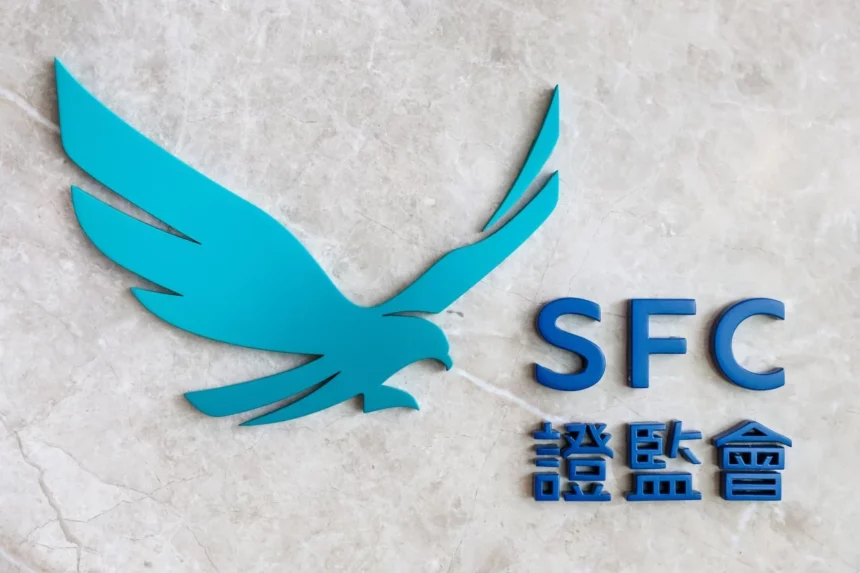Sanergy Group, a company specializing in graphite products, saw its stock collapse by 98% on Tuesday following a stark warning from Hong Kong’s securities regulator regarding the company’s ownership structure. The Securities and Futures Commission (SFC) alerted investors to the risks associated with Sanergy’s highly concentrated ownership, where 90.2% of its shares are held by a small group of investors.
The stock nosedived to HK$0.325 before trading was abruptly suspended at 2:50 pm, wiping out approximately HK$20.1 billion (US$2.58 billion) of the company’s market value. The dramatic decline was accompanied by an extraordinary surge in trading volume, with about 1.5 billion shares changing hands, vastly outstripping the stock’s 30-day average of 1.4 million shares, as reported by Bloomberg. Meanwhile, the broader Hang Seng Index fell by 0.2%.
The SFC’s statement highlighted the inherent risks posed by such concentrated ownership, cautioning that the stock price could experience significant volatility even with minimal trading activity. The regulatory body urged shareholders and prospective investors to exercise extreme caution when dealing in Sanergy’s shares.
Sanergy’s drastic stock plunge marks a sharp reversal from its previous trajectory, where the stock had surged by over 400% in just three months leading up to mid-August. This wild volatility underscores the risks associated with small-cap stocks in Hong Kong, which are increasingly coming under the scrutiny of regulators. The SFC and other authorities have been intensifying efforts to address market manipulation and protect investor confidence in the city’s financial markets.
As regulators continue to crack down on market malfeasance, the Sanergy Group’s situation serves as a stark reminder of the potential dangers of investing in stocks with highly concentrated ownership, particularly in the often-volatile small-cap sector.

